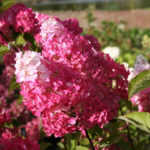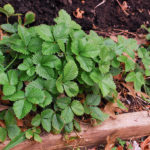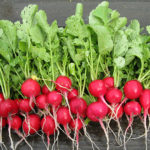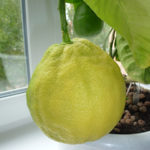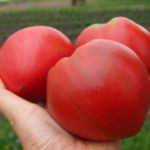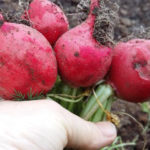Hydrangea paniculata sundae fraise
Over the past ten years, many varieties of panicle hydrangea have been bred. The compact forms of the well-known ornamental shrub also saw the light of day. A real innovation in this sense is, for example, the Sunday Fries variety.
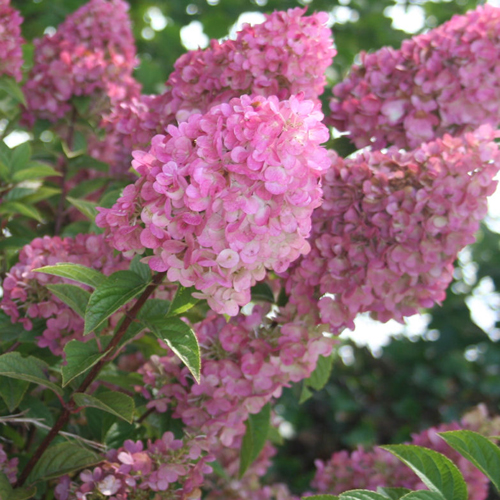
History of origin
This type of hydrangea is the result of the work of the French breeder Jean Reno. It appeared about five years ago and very quickly became the favorite of many flower growers. The cultivar Vanilla Fries served as the basis for the creation of the culture. In 2010, Sundae fraise was awarded a silver medal at the Dutch flower show Plantarium.
Description of appearance and features
Sunday Fries is a miniature variety. Its maximum height is 120 cm and its width is 1 meter. This is a slightly sprawling shrub, so the plant does not hold its shape very well. At the same time, the crown is dense. On the red-brown stems there are elongated ovoid or oblong dark green leaves, up to 12 cm in length, covered with pile from the outside and inside, most of all - in the zone of the veins. The shoots of the culture are not very strong and often droop during flowering.
In the first half of summer, large pyramidal inflorescences form on hydrangeas. They consist of small flowers: sterile, reaching 2.5 cm in diameter, and smaller fertile flowers with early falling petals. The initial color of the inflorescences is white, but gradually it is replaced by a pink tint, and by autumn the flower "candles" become crimson. The combination of shape and rich colors makes the inflorescences of this variety look like a berry ice cream in a glass. For this reason, among gardeners, the shrub is often called "strawberry ice cream". An ornamental plant blooms until October, and it does this already in the first year after planting in the ground. The bush needs support, and its shoots need to be tied up.
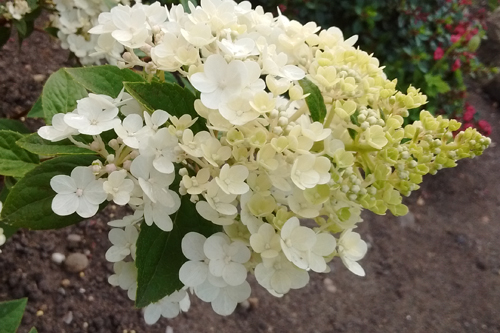
Sunday fries are frost-resistant. She absolutely does not care about lowering the air temperature to -25 ° C. The flower feels well in conditions of increased pollution and gas pollution of the surrounding atmosphere.
Agrotechnical features
Sundae fraise does not make high demands on cultivation and care. Hydrangea should be placed in a bright area if you live in central Russia or in the northern region of the country, and in partial shade when in a zone with a southern climate. Make sure that the summer midday sun does not harm your beauty. Protect the flower from cold drafts.
The French diva prefers moist, highly fertile soils with an acid reaction (optimal substrate pH values are 4-6.5). By the way, the more acidic the soil in which you plant the Sunday Frize is, the more intense the shade of the inflorescences on the plant will be. Stick to the following potting mix: 2 parts leafy soil, 2 parts humus, 1 part sand, and the same amount of peat. Dig a planting hole 30 cm deep and wide. Lay a good drainage layer on the bottom, then fill in the soil. When planting, let the root collar of the plant remain above the soil surface. At the end of this procedure, water the seedling well. Avoid the presence of ash and lime in the soil under the flower. Do not add dolomite flour and chalk to the soil under the hydrangea.
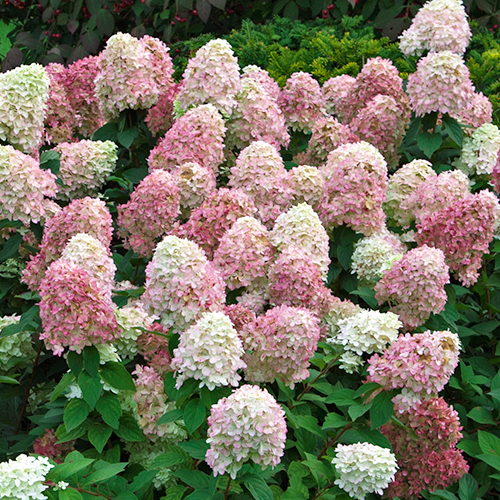
The acidity level of the substrate can be increased by enriching the soil with ammonium sulfate, ferrous sulfate or potassium sulfate. An alternative to this method is the introduction of organic acids - for example, acetic or citric - into the water for irrigating a flower in a proportion of 10 grams of substance per 1 liter of liquid.
For irrigation, use settled water, slightly warmed up in the sun. About 10 liters of water is poured under the Sunday fries bush. Periodically loosen the soil and mulch it with pine needles, peat or sawdust so that moisture remains in the ground longer. Weeding regularly is a good way to reduce crop water losses. Also, don't plant your hydrangea near other shrubs or tall, moisture-loving trees.
The plant needs feeding. They should be carried out no more than 1 time in 2 weeks. The shrub is susceptible to the alternation of organic matter and mineral complexes. As the first, slurry and water infusion of bird droppings are used. The best mineral concentrates for the culture are potassium nitrate and superphosphate.
The Sunday Fraise is shown in the spring and fall skins. In April, the crop is removed from diseased, dry and damaged shoots, and the stems that are too long are shortened in order to form a bush. In the fall, sanitary pruning is performed and dried inflorescences are removed.
Despite the winter hardiness, the shrubs huddle with the onset of cold weather. The height of the earthen embankment you create should be in the range of 20 to 30 cm. When growing a crop in harsh climatic conditions, a frame covered with a film is created above it. To preserve last year's shoots of hydrangea, which will give lush inflorescences in spring, you should bend them to the ground, cover the Sunday fries bush with fallen leaves on top and cover with a wooden box.
The plant is threatened by some diseases. We are talking about chlorosis, gray rot, downy mildew. Sundae fraise is also capable of attacking insect pests: aphids, spider mites, golden bronze, leafworm caterpillar, furry deer and others. Preventive treatment of the shrub will help to avoid the appearance of these troubles: in the first case - with a fungicide solution, in the second - with an insecticidal preparation. Your plant will be reliably insured against the development of chlorosis if you take care of the absence of excess lime in the soil under it.
Use cases
Sunday Fries can be planted in groups with other low growing hydrangeas. The variety is suitable for creating mixborders, living flower alleys, framing garden paths. A separate bush will look good at the entrance to the front garden and in the foreground of the personal plot. The combination of flowering shrubs with conifers and evergreen crops is remarkable. Thanks to the European beauty, your garden will acquire an original look and turn into a paradise for relaxation!
